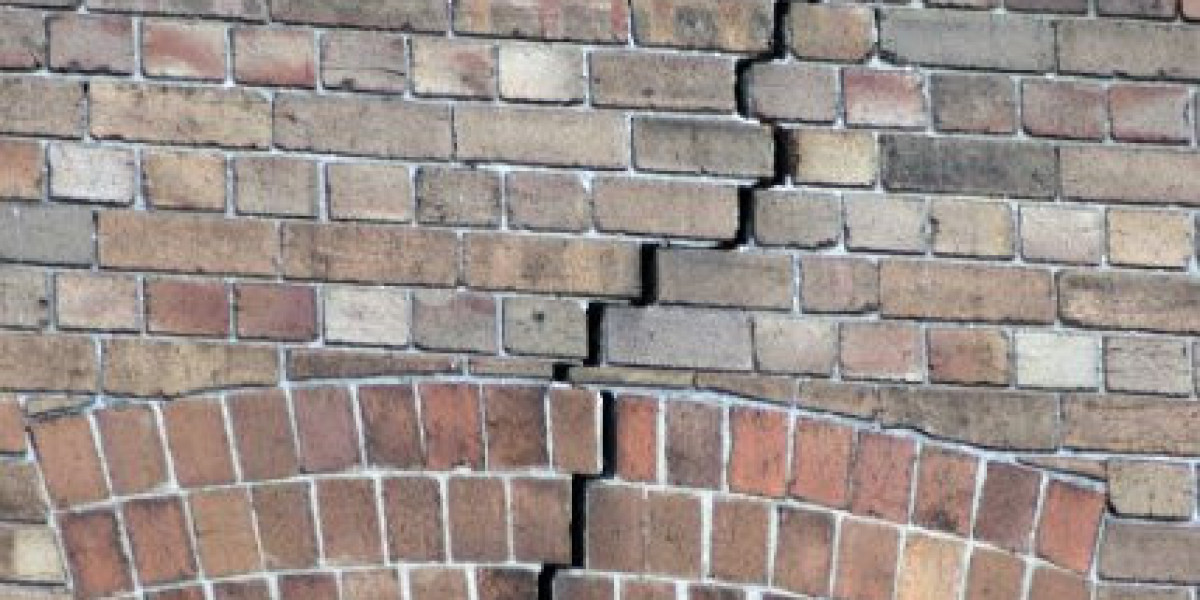From an aesthetic view, a traditionally masculine chest is typically featured by:
A relatively flat or subtly contoured pectoral area
A defined transition from chest to abdomen
Minimal protrusion or excess tissue around the nipples or lower chest
Skin that sits smoothly over the muscle or the chest wall, rather than sagging or bulging.
When gynecomastia is present, all these features can be disrupted:
The chest may appear fuller or more “women breast-like”
The nipples may puff or protrude
Overall physical proportions may feel out of alignment with a masculine ideal.
Understanding the Procedure and Its Results
Gynecomastia surgery generally involves one or more techniques, depending on the type of tissue (fat or glandular) and the condition of the skin.
1. Liposuction:
Excess fat from the chest and surrounding areas, such as the flanks, is removed through precise liposuction. This helps create a smoother, flatter, and more masculine chest contour.
2. Glandular Tissue Excision:
In cases where firm glandular tissue is present in addition to fat, the surgeon removes it through a small incision—usually around the areola. This ensures a lasting result and prevents the recurrence of breast prominence.
3. Skin Tightening and Redraping:
If the skin has lost elasticity due to long-standing gynecomastia or significant weight loss, additional procedures may be performed to tighten or remove excess skin, restoring a firmer, more defined chest shape.
4. Chest Contouring and Definition:
Modern gynecomastia surgery goes beyond flattening the chest. Advanced contouring techniques refine chest borders and highlight natural muscle definition. In some cases, fat grafting is used to enhance the upper chest area, creating a more athletic and sculpted appearance.
The collective effect is that the chest transitions from a more rounded, feminine-looking silhouette to a flatter, firmer silhouette, more in line with the muscular, defined male chest shape.
The Advantage: More Masculine Chest
1. Improved Chest Contour and Masculine Appearance
By removing excess tissue and reshaping the chest, men achieve a flatter, firmer chest. Many doctors “provide a more masculine figure” as a primary benefit.
With excess breast tissue removed, the chest appears more proportionate with the rest of the body and no longer resembles a female breast shape.
2. Boost to Self-Confidence and Body Image
The psychological effect is often substantial. Men who felt self-conscious about their chest, avoiding several clothes, avoiding going shirtless, or avoiding the gym frequently report significantly better self-esteem after surgery.
3. Improved Physical Comfort and Activity
Large or prominent chest tissue may cause discomfort during exercise, running, or jumping, and may interfere with shirt fit or lead to chafing. Reducing that tissue helps men feel more comfortable engaging in physical activity, which, in turn, supports a muscular, defined upper body.
4. Better Posture and Proportions
Because men with enlarged chest tissue may subconsciously hunch or slouch to conceal their chest, poor posture follows. Surgery allows them to stand straighter and more confidently, which further improves the masculine profile.
5. Long-Term Results
When surgery is performed properly, weight and lifestyle are stable, and the results of gynecomastia surgery are long-lasting. The excised glandular tissue does not typically return.
Original Source-: https://paidforarticles.in/how-gynecomastia-surgery-helps-men-achieve-a-more-masculine-chest-894036








